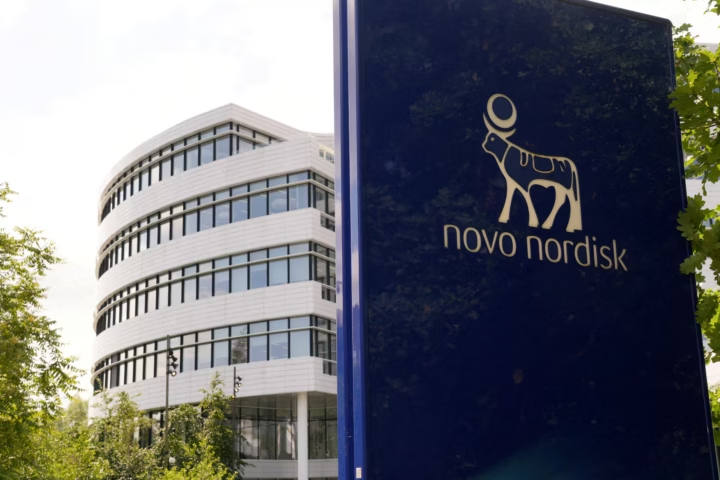In April, food prices in the United Kingdom continued to rise at the quickest rate in nearly 45 years, with sugar, milk, and pasta all increasing significantly.
The annual rate of increase in grocery prices slowed slightly in the year leading up to April, but at 19.1% is close to all-time highs.
Inflation in the United Kingdom has reached single digits for the first time since August of last year.
However, the decline was less than anticipated, and the chancellor stated that food prices remained “worrisomely high.”
In order to determine the rate of inflation, the Office for National Statistics (ONS) monitors the prices of a “basket of goods” containing hundreds of everyday items.
In the past 18 months, the unemployment rate has skyrocketed as food and energy prices have skyrocketed, leaving many households feeling constrained.
Inflation was 8.7% in April, down from 10.1% in March but higher than the 8.2% that was anticipated.
However, this does not imply that prices are falling, only that they are increasing at a slower rate.
The Chancellor of the United Kingdom, Jeremy Hunt, told the BBC that the precipitous decline in unemployment was “welcome,” but admitted:
“There are things underneath those numbers which show that this battle is far from over. “We’ve got a long way to go.”
“If you look at what prices businesses are facing and how much they’re paying for domestic food materials, that has come down from over 15% annually last month to under 10% this month,” ONS chief economist Grant Fitzner said.
The prices that companies are paying for imported foods have also fallen “considerably”.
However, he said: “Of course, those aren’t reflected on supermarket shelves yet.”






